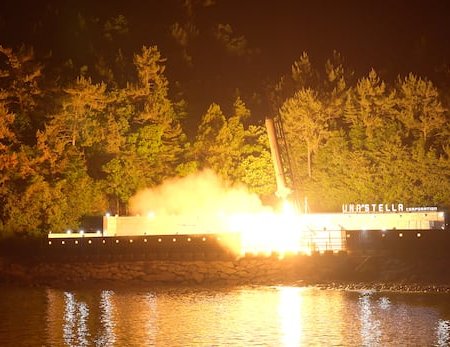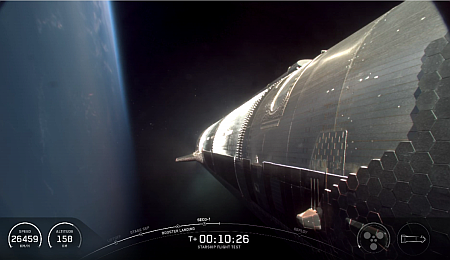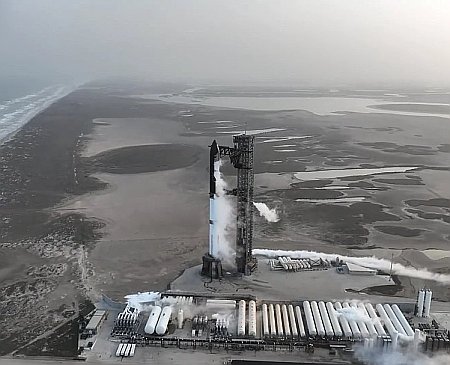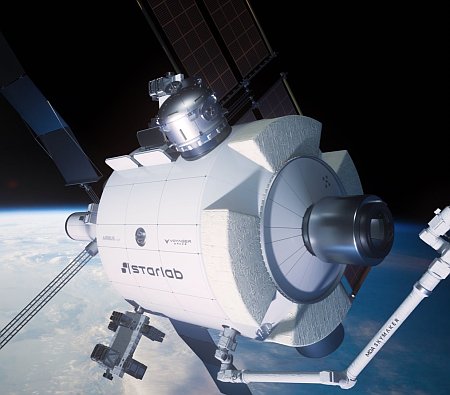SpaceX: We are targeting 170 launches in 2025
According to a statement by a SpaceX official during a telephone press conference on May 28, 2025, the company is now hoping to complete 170 total launches in 2025.
“We’re targeting 170 launches by the end of the year,” Anne Mason, director of national security space launch at SpaceX, said during a call with reporters on Wednesday (May 28).
…”I always find it amazing that this cadence has become somewhat normal,” Mason added during Wednesday’s call, which served to preview SpaceX’s planned Friday (May 30) launch of the GPS III SV08 satellite for the U.S. Space Force. “But if we look back just five years ago, in 2020 when we launched roughly 25 times, which is still a healthy rate at twice a month, and now launching on average every two to three days — I think this demonstrates how Falcon’s reusability and reliability, plus the hard work and dedication of the SpaceX team, has been critical to supporting assured access to space,” she said.
Last year SpaceX set a record of 137 successful orbital launches, a number that also exceeded what the entire world had accomplished yearly for most of the space age since Sputnik in 1957. This new goal however appears to be a reduction from its earlier hopes. Near the start of the year SpaceX officials had predicted it would complete 180 launches.
There is also the possibility that Mason above was only referring to Falcon 9 and Falcon Heavy launches, and not counting the test flights of Starship and Superheavy.
Either way, SpaceX continues to prove that freedom and private enterprise can do far more than government, and do it faster and cheaper as well.
According to a statement by a SpaceX official during a telephone press conference on May 28, 2025, the company is now hoping to complete 170 total launches in 2025.
“We’re targeting 170 launches by the end of the year,” Anne Mason, director of national security space launch at SpaceX, said during a call with reporters on Wednesday (May 28).
…”I always find it amazing that this cadence has become somewhat normal,” Mason added during Wednesday’s call, which served to preview SpaceX’s planned Friday (May 30) launch of the GPS III SV08 satellite for the U.S. Space Force. “But if we look back just five years ago, in 2020 when we launched roughly 25 times, which is still a healthy rate at twice a month, and now launching on average every two to three days — I think this demonstrates how Falcon’s reusability and reliability, plus the hard work and dedication of the SpaceX team, has been critical to supporting assured access to space,” she said.
Last year SpaceX set a record of 137 successful orbital launches, a number that also exceeded what the entire world had accomplished yearly for most of the space age since Sputnik in 1957. This new goal however appears to be a reduction from its earlier hopes. Near the start of the year SpaceX officials had predicted it would complete 180 launches.
There is also the possibility that Mason above was only referring to Falcon 9 and Falcon Heavy launches, and not counting the test flights of Starship and Superheavy.
Either way, SpaceX continues to prove that freedom and private enterprise can do far more than government, and do it faster and cheaper as well.











